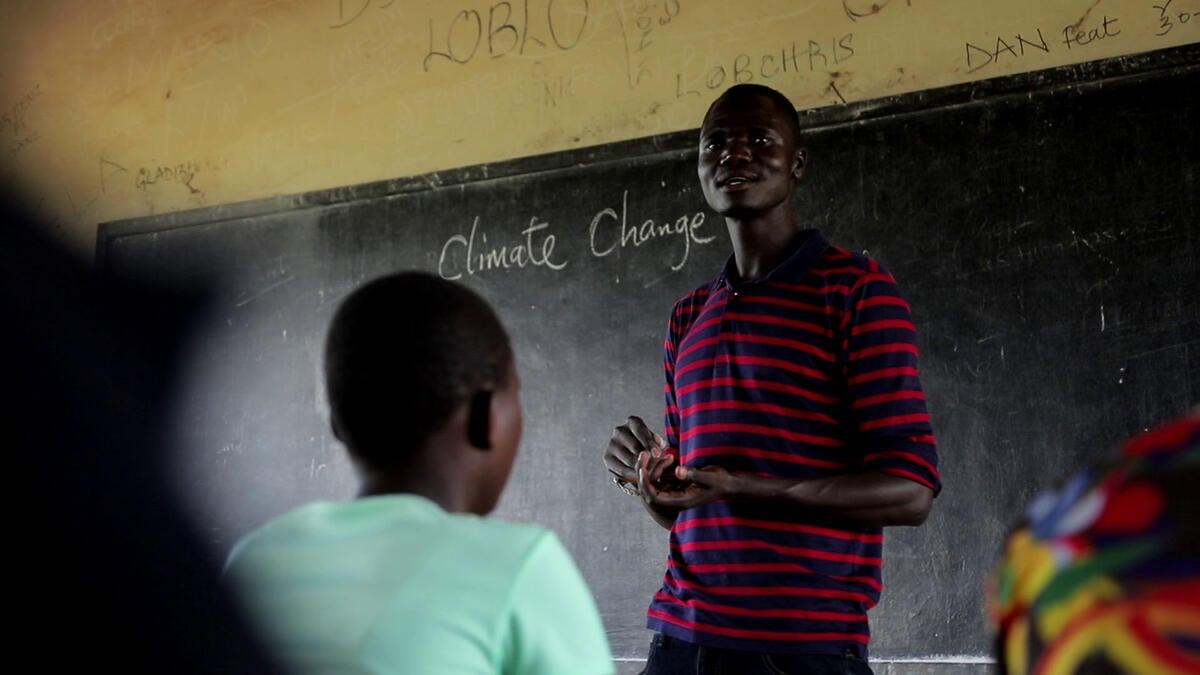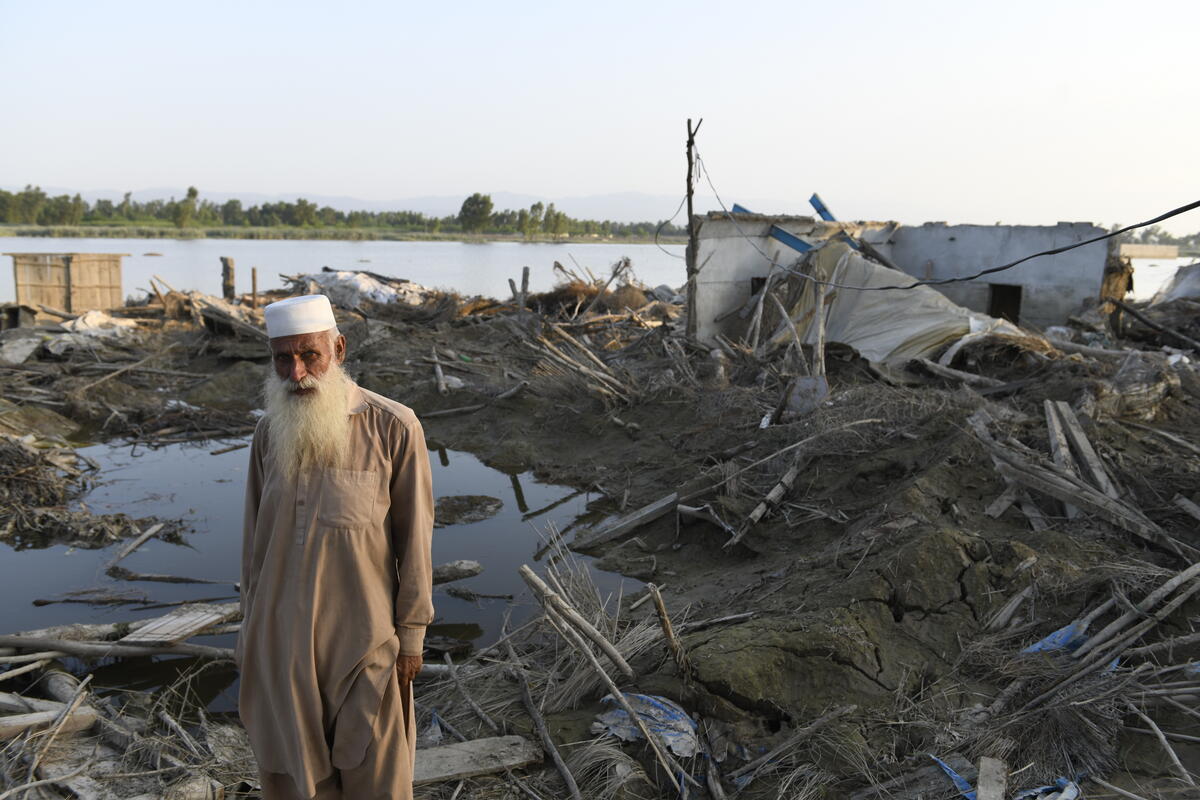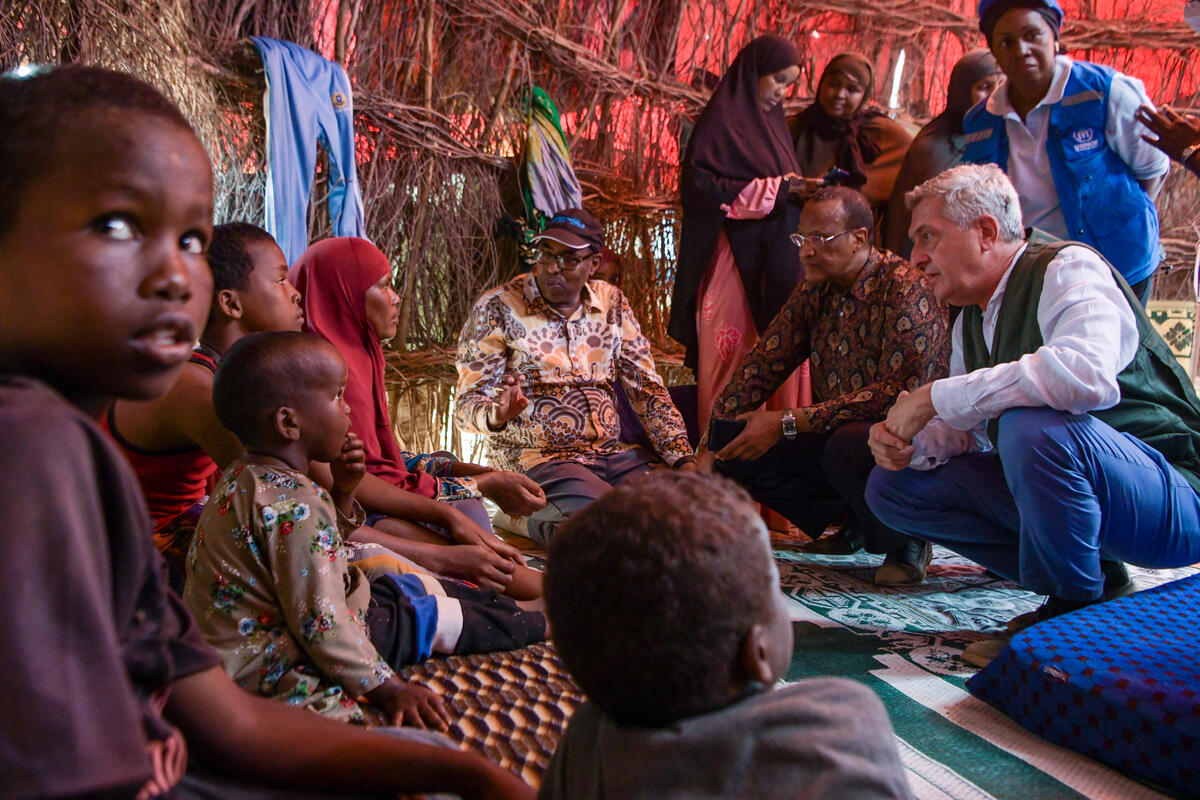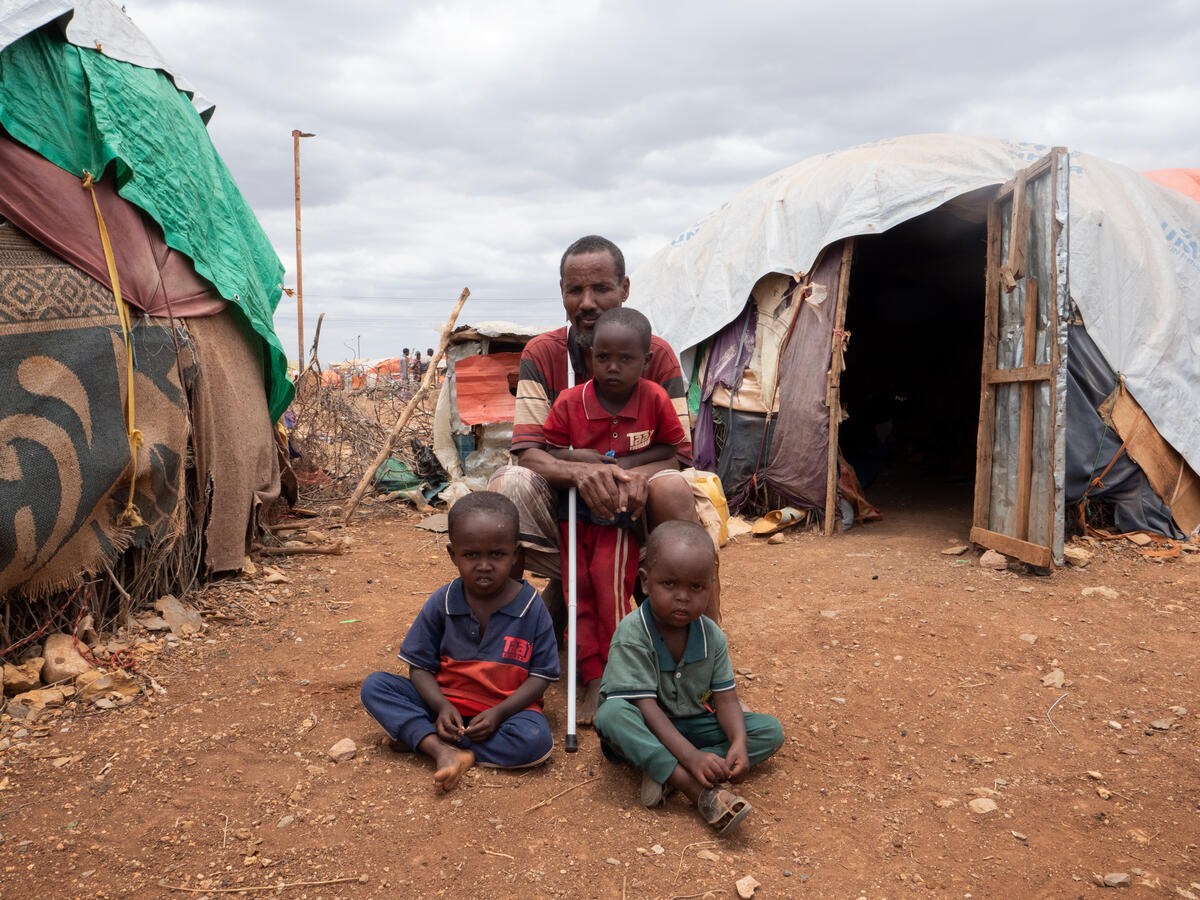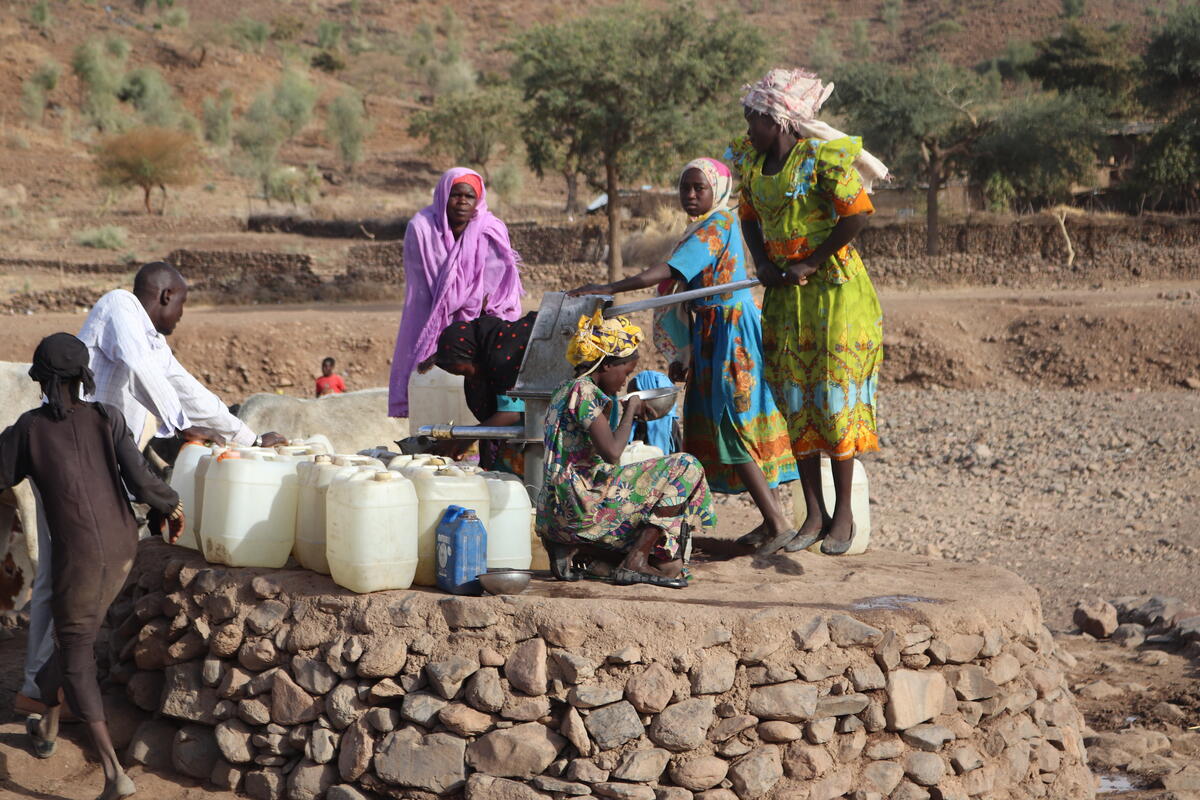Conflict and drought force more than 50,000 Somalis to flee to Kenya this year
Conflict and drought force more than 50,000 Somalis to flee to Kenya this year

NAIROBI, Kenya, September 25 (UNHCR) - More than 50,000 Somali civilians have fled to Kenya since the beginning of the year to escape continuing fighting and a prolonged drought.
The refugees have been arriving in north-east Kenya at an average rate of 6,400 a month, adding more pressure on the severely stretched facilities and resources in the Dadaab complex of camps, which currently host three times the population they were designed to hold.
In mid-August, UNHCR embarked on a programme aimed at decongesting Dadaab and started the relocation of some 12,900 refugees to Kakuma camp in north-west Kenya. Almost 9,600 refugees have been transported to Kakuma since then, but the camp population in Dadaab remains virtually unchanged. There are now 281,600 Somali refugees there.
A convoy of 13 buses carrying 650 refugees left Dadaab on Wednesday and arrived in Kakuma today. The relocation, which is being implemented by the International Organization for Migration (IOM), is expected to be completed by October 7.
Meanwhile, after a prolonged drought, several parts of Kenya are experiencing torrential rains. Meteorologists have forecast that Kenya will be hit by the El Nino weather phenomenon. This raises fears that the three camps at Dadaab could become heavily flooded in the coming weeks, posing considerable health risks to the refugees.
Inside Somalia, deadly clashes between government forces and rebel groups have forced some 250,000 Somalis out of their homes in the capital, Mogadishu, since May. Most have sought refuge in the Afgooye corridor, some 30 kilometres west of the capital. These makeshift sites are now home to more than 524,000 internally displaced people (IDPs) living in squalid conditions as humanitarian organizations face enormous hurdles in reaching them.
The deteriorating security situation and prolonged drought in Somalia are forcing more people to flee into the neighbouring countries and beyond. Using unscrupulous smugglers, thousands risk their lives and take the perilous journey across the Gulf of Aden and the Red Sea to reach Yemen, or across the Mediterranean Sea to get to Europe.
Not all make it to their destination. Last week, 16 people died and 49 others went missing, presumed drowned in the Gulf of Aden. Since January, a total of 924 boats and more than 46,700 people have made the journey to Yemen from the Horn of Africa. So far this year 322 others are known to have drowned or gone missing at sea.
Somalia is one of the world's biggest refugee and IDP producing countries. UNHCR provides protection and assistance to more than 515,000 Somali refugees in the nearby countries of Kenya, Yemen, Ethiopia, Djibouti and Uganda. The UN estimates that there are 3.8 million Somalis in urgent need of humanitarian assistance, including some 1.5 million IDPs.




